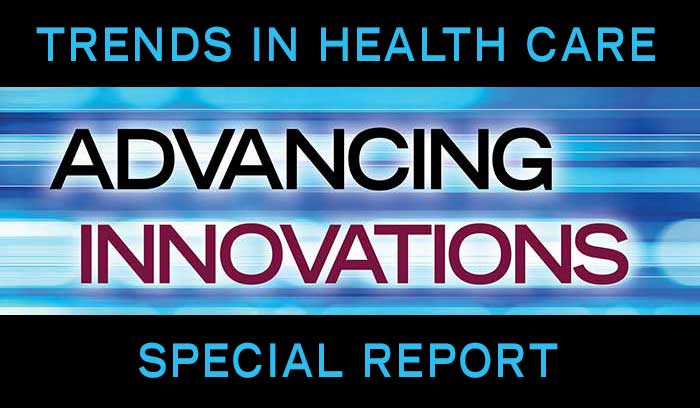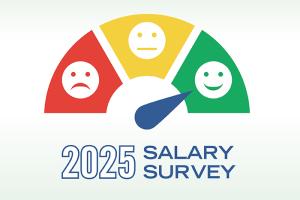Supply chain moves from demand forecast to predictive analytics

A key area to watch for supply chain improvement is predictive analytics, says Eugene Schneller, professor at the W.P. Carey School of Business at Arizona State University. The race is on to develop tools that will allow providers to know in advance which patients will require more intense interventions than others.

|
2017 Trends: Materials management |
| Previous: Managers expand their role |
|
|
A good example is advanced wound care products, which can prevent patients from developing pressure injuries — which are costly not only to the hospital because they are not reimbursed for the treatment of such injuries, but also are a huge cost to the public. The supply chain will play a role in this through sourcing and analyzing product use.
To this end, Schneller and Jim Eckler of Healthcare Supply Chain eXcellence (HSCX) support health care systems with the aim of building bonds between clinicians and supply chain leaders to meet both clinical and economic goals. Schneller explains that accomplishing this requires the ability to turn data into information, which is the evolving domain of analytics. For the first time, “we have the ability to manage the materials assets within hospitals in the ways other sectors manage the procurement environment with their suppliers as well as internal and external customers," Schneller adds.
“The industry is really nascent in this,” says Chris Luoma, vice president of product management at GHX. “Where we see more of a focus is demand forecasting, which means understanding trends and where demand will come next." This includes just-in-time inventory, which is becoming more important as care moves more to outpatient settings and where storage space for products is at a premium, Luoma added.
But predictive analytics in the supply chain is coming, Jean-Claude Saghbini, vice president of inventory management solutions for Cardinal Health. “We are collecting massive amounts of data and we are looking at creating more predictive algorithms from that data,“ he said.
As an example, Saghbini cites a product that is going to expire, and the computer monitoring system making a recommendation about a reallocation of the product to where it is likely to be used before it expires. “Rather than analytics being retrospective, we are trying to infer what will happen in the future."




